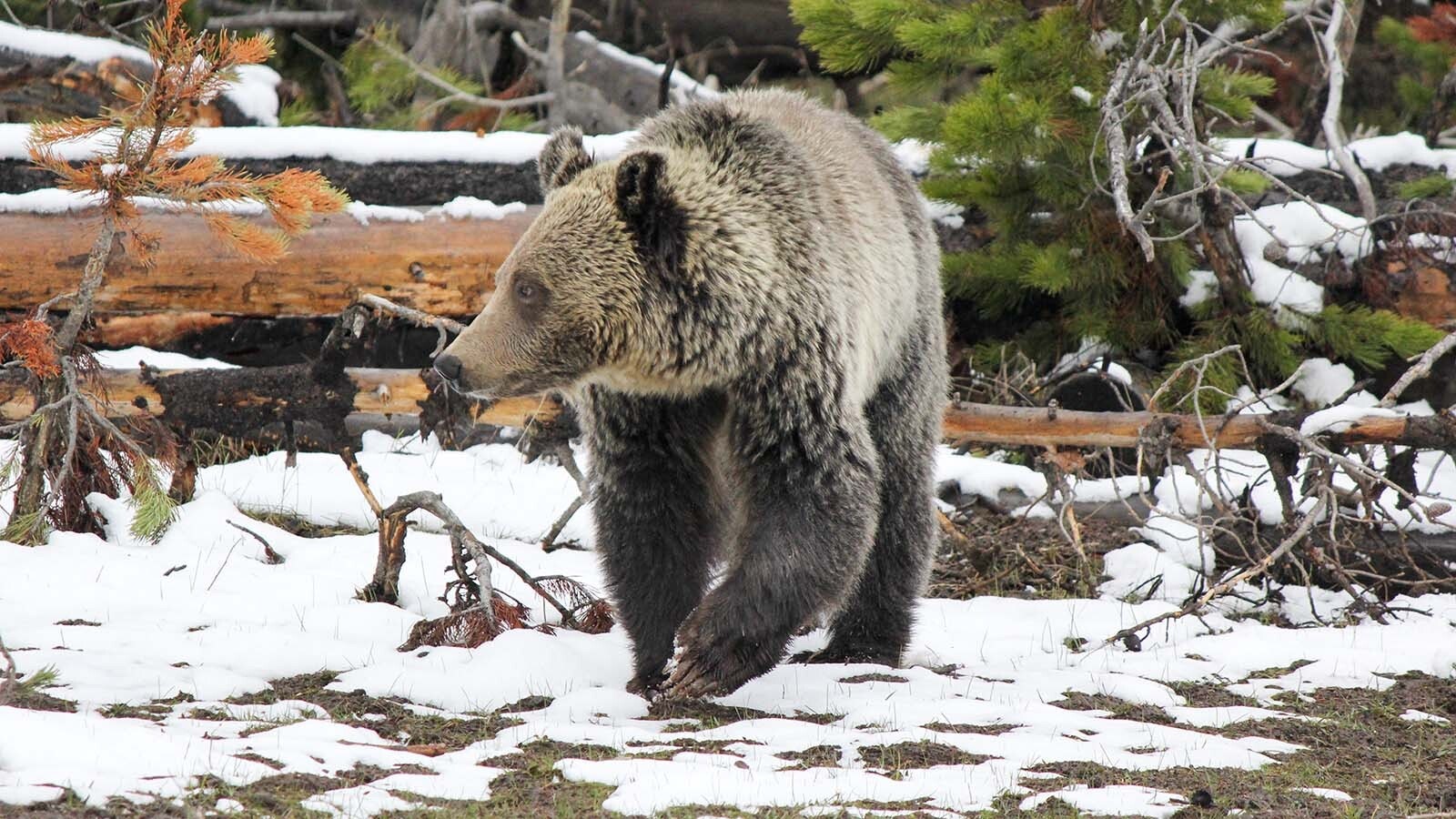Wyoming has no shortage of elk, and many of the state’s herds are as big as they’ve ever been, but finding them has been supremely challenging for hunters this year.
Massive wildfires that burned more than 850,000 acres struck prime elk habitat in some parts of the state, such as in the Bighorn Mountains above Dayton.
Elk were pushed down out of the mountains there and into mostly privately owned lowlands much earlier than usual, which ruined hunting seasons in that region.
And hunting was less than ideal in much of the rest of the state as well.
“It seems like across the board, everybody had a little harder time hunting elk this year,” Cade Cole, and avid backcountry elk hunter and hunting guide from the Dubois area, told Cowboy State Daily.
There’s still some opportunity for elk hunters who haven’t yet filled their freezers, as some late-season hunts run through the end of December.
Fires Push Hunters Around
Even in areas where the elk herds weren’t directly hit by the fires, there was still a ripple effect. Hunters who had their chances ruined in the burn areas piled into areas in the other parts of Wyoming, upping the competition there.
“The fire that was going on west of Dubois, that really took a lot of the land that people were hunting away,” said Cole, who runs 3C Outfitting. “So there was a lot of hunters hunting in areas where they don’t normally go.
“I think there was increased hunter competition and a lot of hunter displacement, because they weren’t able to hunt where they normally hunt.”
Pat Ginder, owner of At Ease Hunting, offers guided hunts across central Wyoming, from Casper to Rawlins.
He told Cowboy State Daily that he didn’t see an uptick in elk hunters in that region.
That’s likely because the elk hunt areas his company guides in are limited quota. That means hunters must apply ahead of time to draw elk tags that are limited in number and specific to those areas.
He did, however, see a noticeable jump in the number of deer hunters this fall. Many of the deer hunt areas in that region are for general tags, which may be bought over the counter.
He thinks many of the newcomers out after deer might have been displaced from their usual hunting spots by the fires.
Hot Weather Didn’t Help Either
On top of the fires, it was also an usually hot, dry fall, Cole said. That could have thrown off the timing of the elk rut, or mating season.
Archery hunters in particular count on using calls to lure in bull elk during the rut.
Elk are “always on the move” anyway, and the hot, dry conditions could have changed the patterns of their movement, he said.
That could explain why some hunters weren’t seeing elk in areas where they had consistently found herds in the past, Cole said.

Scouting Pays Off
Ginder said he had a good year in central Wyoming, with numerous clients happy with filling elk tags. He credits that to thorough scouting of his hunt areas during the summer, well before the season opened.
Elk move in patterns, but those patterns can change because of a variety of factors, including weather, the availability of forage and water, and pressure from hunters, he said.
Herds also are led by wise, older cow elk.
“The lead cow is always going to take her herd where she feels it is safe,” he said.
Elk patterns changed this year because of a confluence of factors, Ginder said. There was the devastating winter of 2022-2023, during which many big game animals froze or starved to death.
That was followed by the relatively mild winter of 2023-2024, but then a drought came on the heels of that, Ginder said.
Factoring all of that in, scouting this summer wasn’t so much about spotting elk as it was a matter of gauging the quality of the habitat, he said.
“It’s not just electronic (checking online maps). It’s about getting out there and finding where there’s still water, where there’s still feed, and the places off the beaten path where there will be fewer people,” he said.
Competition Won’t Ease Up
Across much of Wyoming, and particularly in the eastern part of the state, elk herds continue to thrive. Some herd units remain well above population objectives set by the Wyoming Game and Fish Department.
But regardless of what Mother Nature does in terms of fires and weather, the competition among hunters will likely keep increasing too, Cole said.
“It seems almost like elk hunting has become a popular fad. I think there’s a lot of non-residents coming in, and a lot of residents who might not have been interested in it before, but have taken a greater interest in it,” he said.
Mark Heinz can be reached at mark@cowboystatedaily.com.





